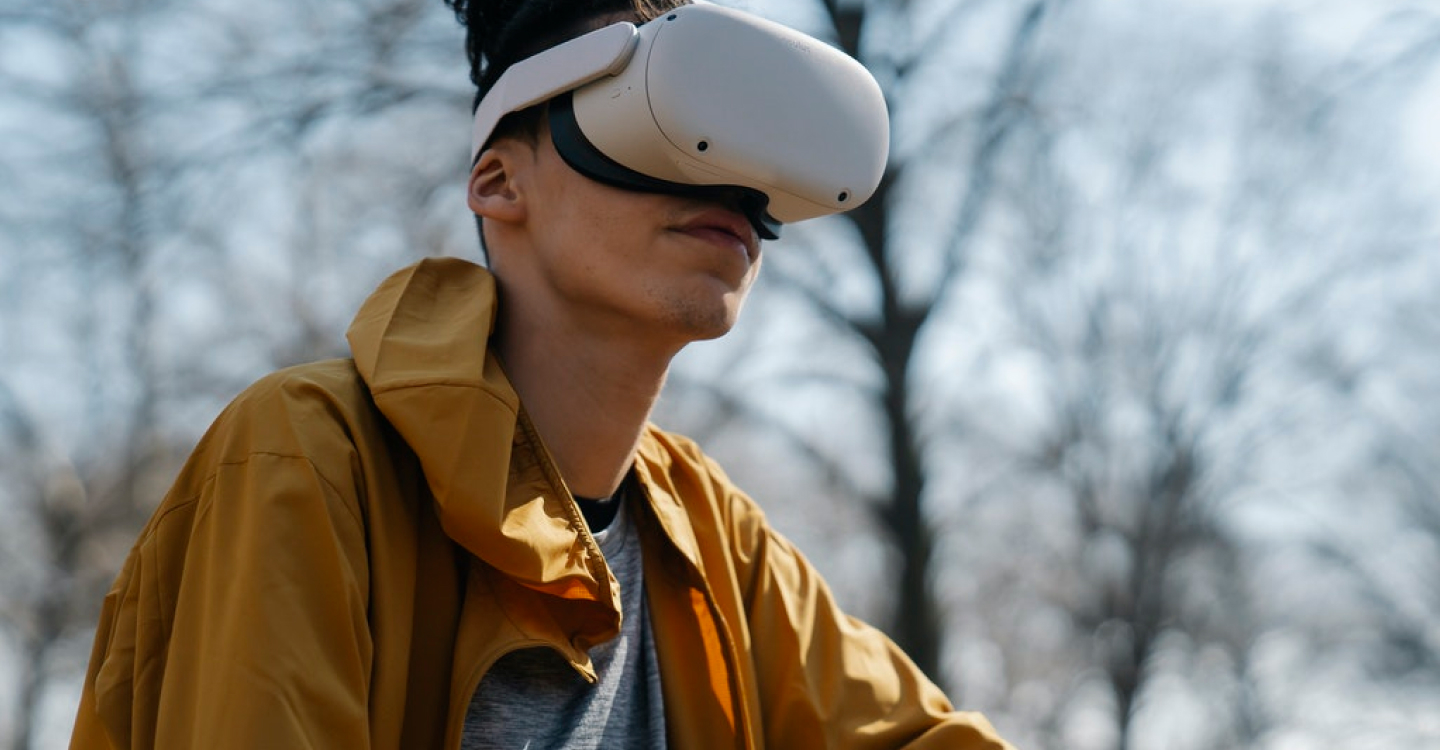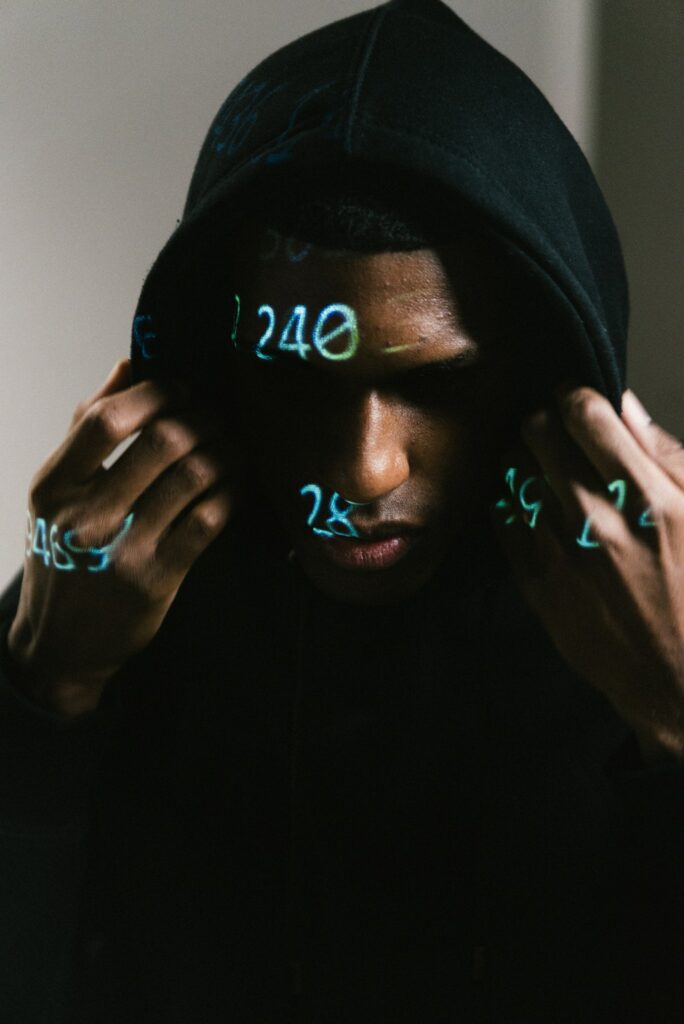HOW TO BRING CREATIVE THINKING & NEW TECHNOLOGY TOGETHER.

One of the biggest challenges for all brands is how you optimise creative thinking with new technologies. If you have a new product to launch or brand to promote, an agency might craft an amazing TVC to help sell the benefits. But, how can digital-first thinking accelerate engagement and brand growth?
In this article, we aim to break down what we mean by digital-first thinking, how to bring creative teams and new technologies together, and how it can benefit brands when looking to promote a product, increase engagement, and ultimately drive a deeper brand association.
What we mean by ‘digital-first’
Digital-first is how we approach a brief. Instead of starting with a TV script, it means you think broader about the consumer and where they can best be engaged. Looking at how new technologies can complement the brief and reach the consumers where they are already active.
Consumer and platform agnostic
Putting the consumer first will help determine what digital platforms/technologies they will be using, and what will resonate with them.
Technology to complement the user experience
It’s important not to get stuck in the trap of using technology for the sake of it. It can elevate consumer engagement and make a brand look ‘cool’ by the association of playing with new tech, but its key is to add value to the user experience. Give them something to remember you by and deliver them meaningful content and experiences that adds to your customer journey.
Deeper consumer engagement
Integrating new tech with a campaign can allow for a deeper-consumer engagement. If they are downloading an app/immersing in new tech, watching and interacting, it’s all more time spent with your brand on a deeper level than a traditional TV ad or social post.
What technologies are we talking about
Technologies change and evolve all the time. We know that Data is a key player in driving relevant/contextual content to users, AI, Voice, ML, VR, AR, and many more, are all technologies and platforms that brands can look to capitalise on.
Who would have thought that by the end of 2021 everyone would know what a QR code is?
By working with and understanding these technologies, creative teams including tech leads and developers – who won’t mind being called ‘our geeks’ – are able to come together to compliment the creative process in how to best answer a brief; putting new tech at the centre of an idea.
However, it is key to not let the idea be driven by the technology, more on this to follow.

Get your brief right and land on a rounded team to respond accordingly.
Creative technologists
Are hard to find, but valuable players in the creative team mix. Often with a background in coding and a passion for new technology, they help to bridge the gap on ideas and technologies to use.
Allow for inspiration
We encourage our creative teams to think big. Outside of the box. Put the consumer first, then see what technology resonates with your TA- and then let the creative ideas flow. Creative Technologists help refine the thinking to complement the technology; while more traditional Art Directors and Copywriters shape a narrative and visual direction.
Explain ideas in a simple and understandable way
Being able to distil an idea down to 1 slide, 1 line, or 1 paragraph is key. The filter of ‘will your nan be able to understand it’ won’t always apply when it comes to new technology, but the idea itself should be clear to understand, and how that technology complements the idea should always be clear. (for both our clients and consumers).
What’s the downside
Working with new technology can come at a risk. There are learnings for clients and agencies on how best to implement, scope creep, and scale if the details of the technology are unknown.
R+D is often part of the process. (Finding trusted partners that know the tech/platforms inside out will help to mitigate scope creep).
What our Associate Creative Director has to say.

“As we know, technology gets faster, smaller and cheaper as time progresses. Having a technology first approach means you are always open to new ideas and approaches when thinking of new ideas and ways to engage.
Something that seemed cumbersome, slow and glitchy can be agile fast and intuitive only a few months, or a year down the line.
I remember seeing Oculus Rift being released in 2016 and thinking, yes it’s cool and yes it’s a step forward but what really can be done with it?
4 years down the line it’s been bought by Facebook- the games are much better/faster and it’s enabling interactions with friends overseas, you can train your golf swing or view a new house online and this is just one area.
Always be open minded, it’s easy to dismiss change for fear of being left behind”.
In conclusion
- Its key to get your target audience’ profile down, understand the platforms and technologies they are familiar with
- Understand the technology and platform landscape as part of any good briefing
- Push your agency and creative team to think big and beyond a TVC
- Make sure your agency team is well rounded when it comes to understanding technology and how to implement it (include tech leads as part of your initial creative team DNA)
- Ensure ideas can be explained in a simple way for your consumers and clients to understand
- New technology utilised in the right way can deepen consumer engagement and increase ROI
- Working with new tech does come with some risks; agency R+D and trusted tech partners will be key
